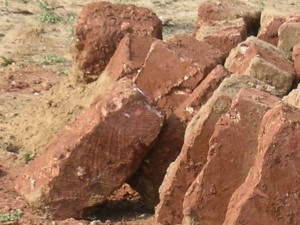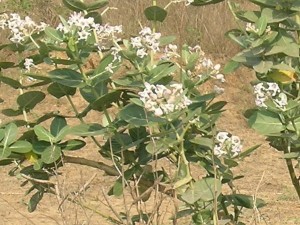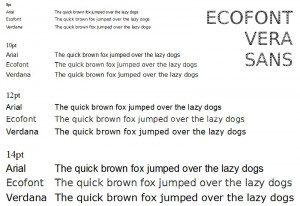Last evening at the American Library here, there was a web interaction between Peter J. Arsenault and Roshni Udyavar – head of the Environmental Architecture course at Rachana Sansad. I fully expected it to be all about LEED but was pleasantly surprised that there was only a passing mention to a system that I don’t think much of.
While the initial slideshow predictably made me want to yawn (powerpoint should be banned once and for all!) the discussion that followed was interesting enough. For one thing there was agreement that while a building may be tagged “green” in isolation, it may be totally unsustainable in the context of its surroundings (Mukesh Ambani’s Antilla is a prime example).
Peter talked about the ICLEI Star Index and a yet-to-be-released system called GreeningUSA which is in the public comment period till the end of September 2010.
The discussion was interrupted by a, well, person, who ranted on about how India could teach the world how to build sustainably. Maybe so but all the materials this chap espoused seemed to be of the edible variety and I’m sure I caught the word “nuts” in there somewhere…or was that my imagination? Made everybody cringe, that’s for sure.
Anyway the discussion came to an abrupt halt when the web-link between upstate New York and the American Library got messed up. Could hear Peter telling someone in the background that he couldn’t see or hear us any more.
Note to self: If you’re ever in such a situation, assume the opposite side can still see and hear you. Do not do or say anything inappropriate!




